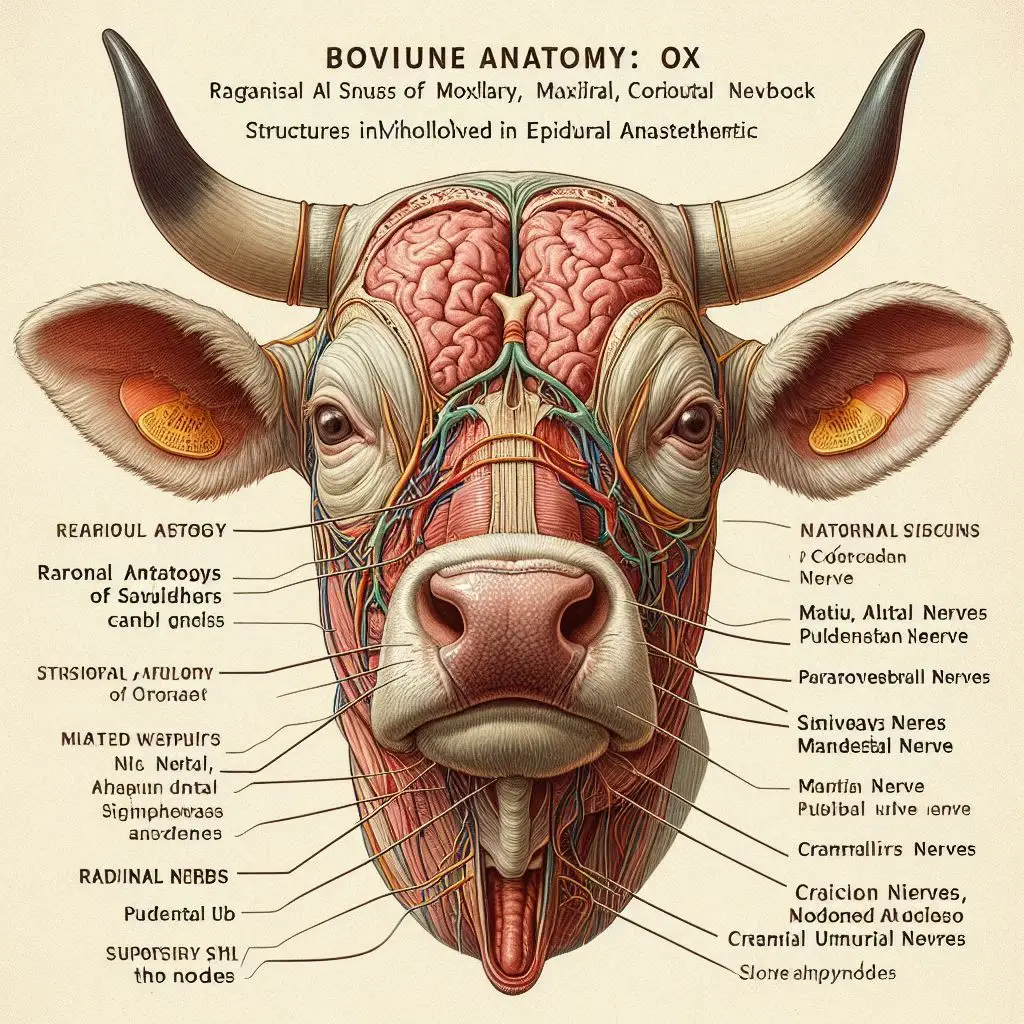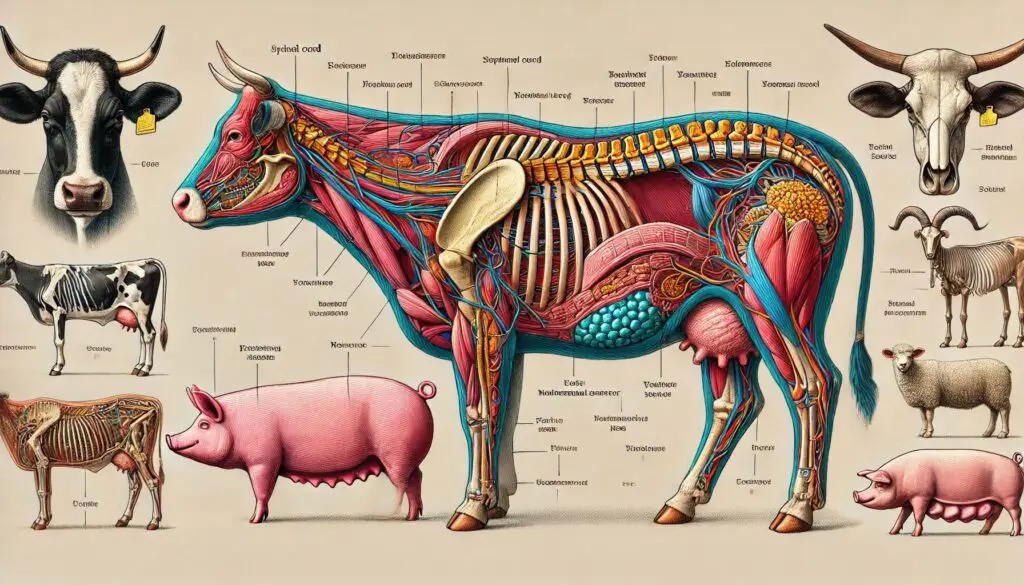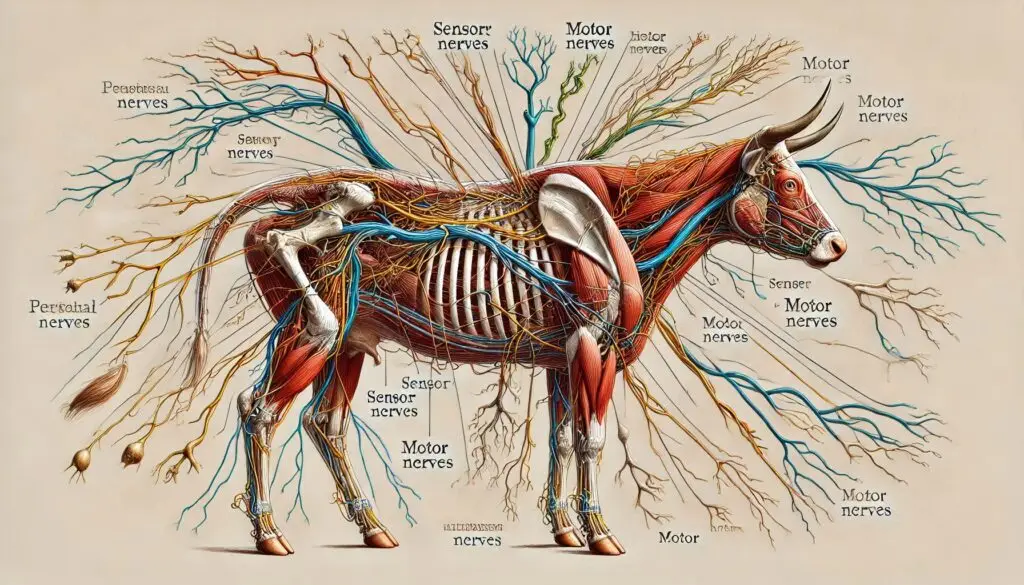The Tibial Nerve

Origin of the Tibial Nerve
The tibial nerve originates from the ventral divisions of spinal nerves L4 to S3. It branches off from the sciatic nerve, which is one of the largest nerves in the body. The tibial nerve travels through the popliteal fossa, a shallow depression located at the back of the knee.
Pathway and Branches
After originating from the sciatic nerve, the tibial nerve passes deep to the gastrocnemius and soleus muscles. It then enters a space known as the tarsal tunnel. Here, it divides into two main branches: the medial plantar nerve and the lateral plantar nerve. These branches are essential for innervating various muscles and providing sensory information to parts of the foot.
Muscles Innervated by the Tibial Nerve
The tibial nerve innervates several key muscles responsible for movement:
- Triceps Surae: This group includes both the gastrocnemius and soleus muscles. They are crucial for plantar flexion of the foot.
- Plantaris: A small muscle that assists with flexion.
- Popliteus: This muscle helps unlock the knee joint.
- Tibialis Posterior: Important for foot inversion.
- Flexor Digitorum Longus: Responsible for toe flexion.
- Flexor Hallucis Longus: Specifically flexes the big toe.
These muscles work together to facilitate various movements, such as walking, running, and jumping.
Sensory Functions of the Tibial Nerve
The tibial nerve also has sensory functions. It provides sensation to different areas of the lower leg and foot through its branches:
- Medial Sural Nerve: Supplies skin on the lower leg and lateral aspect of the foot.
- Medial Calcaneal Nerve: Innervates areas around the heel.
These sensory functions are essential for proprioception—an awareness of body position—which is crucial for balance and coordination.
Clinical Significance of Tibial Nerve Injuries
Common Causes of Injury
Tibial nerve injuries can occur due to various reasons, including:
- Trauma: Accidents or falls can lead to nerve damage.
- Pressure Ischemia: Prolonged pressure on the nerve can cause injury. This often happens in cattle after parturition or during extended periods of recumbency.
Symptoms of Tibial Nerve Injury
Injuries to this nerve can manifest through several symptoms:
- Hyperflexion of the Fetlock: The animal may have difficulty extending its fetlock joint.
- Dropped Hock Syndrome: The hock may appear dropped or flexed.
- Difficulty Walking: Affected animals may struggle to bear weight on their hind limbs.
For more detailed information on symptoms and diagnosis, you can refer to Veterinary Clinics1.
Diagnosis
Veterinarians diagnose tibial nerve injuries through physical examinations and neurological assessments. They may also use imaging techniques like X-rays or ultrasound to rule out fractures or other issues.
Treatment Options
Treatment depends on injury severity. Common approaches include:
- Rest and Rehabilitation: Allowing time for recovery is crucial.
- Anti-inflammatory Medications: These can help reduce pain and swelling.
- Physical Therapy: Rehabilitation exercises can improve mobility.
- Supportive Devices: In some cases, splints or casts may be necessary.
For more insights into treatment options, consider visiting Veterinary Partner2.
Variations Across Species
The structure and implications of tibial nerve injuries vary between species.
Horses
In horses, variations in branching patterns can affect surgical approaches for nerve blocks. Understanding these differences is vital for effective treatment strategies.
Cattle
In cattle, tibial nerve paralysis often results from prolonged recumbency or trauma during calving. Early diagnosis is key to preventing long-term mobility issues.
Domestic Swine
Domestic swine have been used in research models due to their anatomical similarities with humans. Studies focus on peripheral nerve injuries and neuropathic pain management.For further reading on species-specific variations, check out Journal of Veterinary Science3.
Conclusion
Understanding the anatomy and function of the tibial nerve is crucial for diagnosing and treating related injuries in both farm and domestic animals. Its role in motor control and sensation underscores its importance in maintaining mobility and quality of life for these animals.
More from Veterinary Anatomy:
Corpus Albicum






Responses